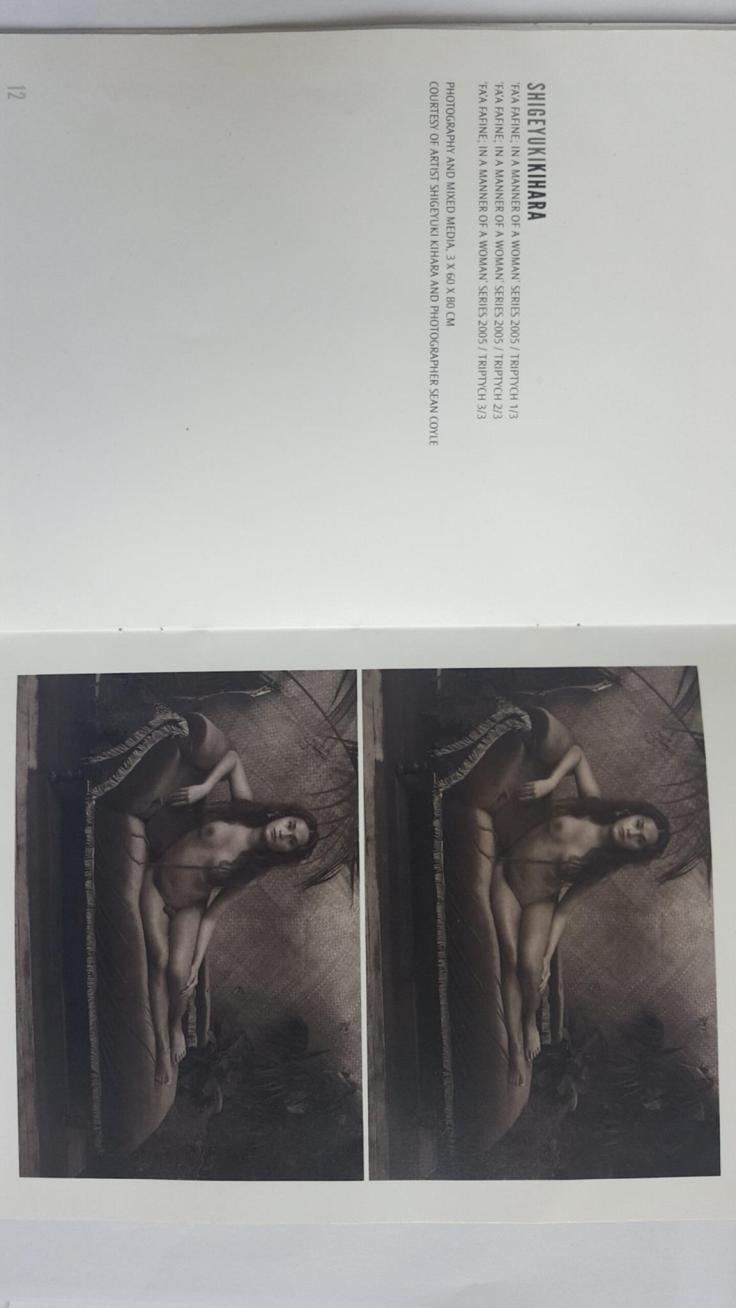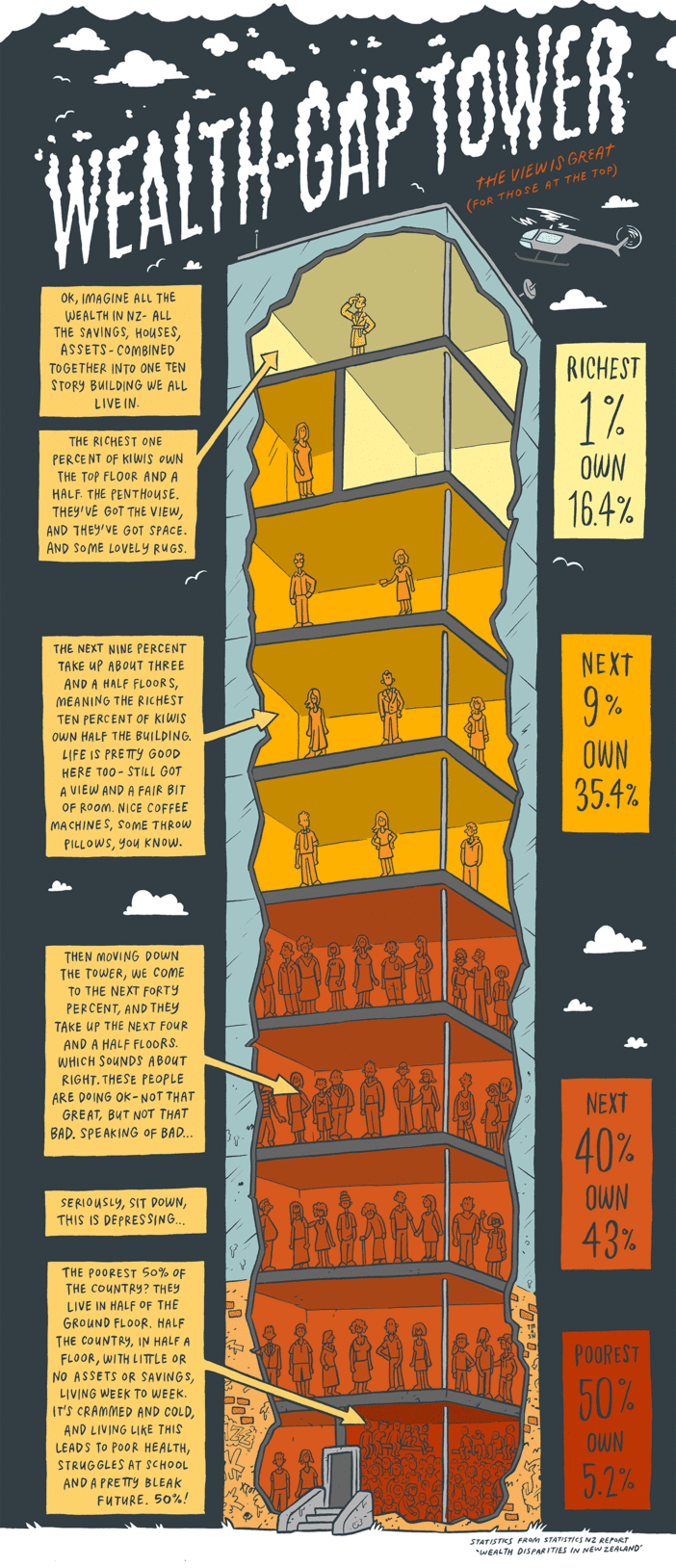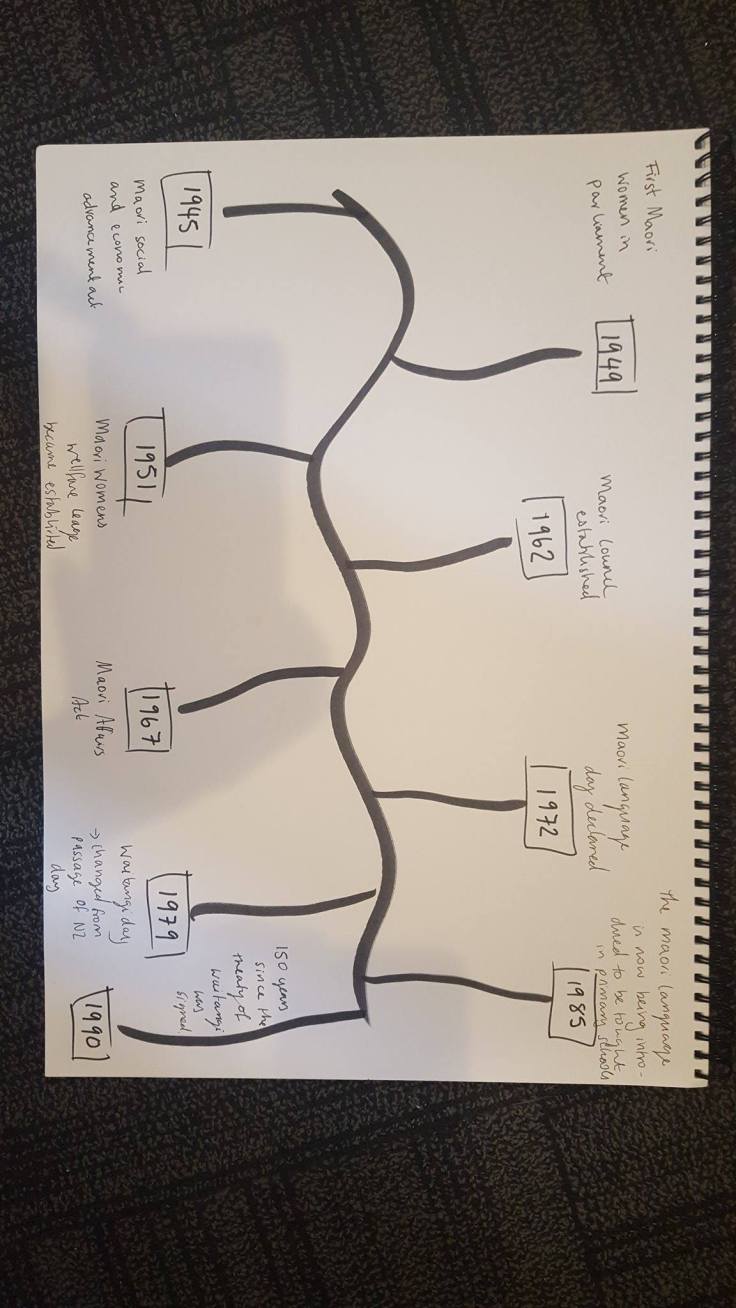Tasks 1+2
Mihimihi was the first concept that we study for our studios at Massey. It is about introducing yourself and telling the story of journey and arrival of where you are from. My first studio was dress and for this class I had to make a garment inspired by my partners mihimihi, I was pushed out of my comfort zone because I have never had to design for a male and this is why I feel like my garment was the best thing that I have created all year.
I made a garment based off my partner Jays mihimihi, he is a very relaxed and easy going guy, who is in to skating and surfing. I ripped up the calio and then wove it together to represent the laid back and easy going nature of Jay, the way that the garment hangs on the body is very chilled out. The weaving pattern was also inspired by his heritage, Jay was born in Scotland and the weaving is meant to take a modern form of tertian. I also made the garment interchange able and this represent the way that Jay has goes with the flow of what is happening.
Task 3
Gender should be something that is considered when designing because it can make a large difference to the outcome of the work. Within my creative work for dress I decided to consider gender because I was designing for a male. Even though It was not a direct requirement for the projects brief. I wanted to design a garment with my partner Jay in mind. I want to consider gender in my designs because to me to seamed like a large part of his Mihimihi. I also wanted to push myself to create something that I was not used to designing .
Mikaere, Ani. (1994). Māori Women – Caught in the contradictions of a colonised reality.

 Morris, Toby. The Pencilsword: Inequality Tower (2015). Published on: http://thewireless.co.nz/articles/the-pencilsword-inequality-tower
Morris, Toby. The Pencilsword: Inequality Tower (2015). Published on: http://thewireless.co.nz/articles/the-pencilsword-inequality-tower


Recent Comments